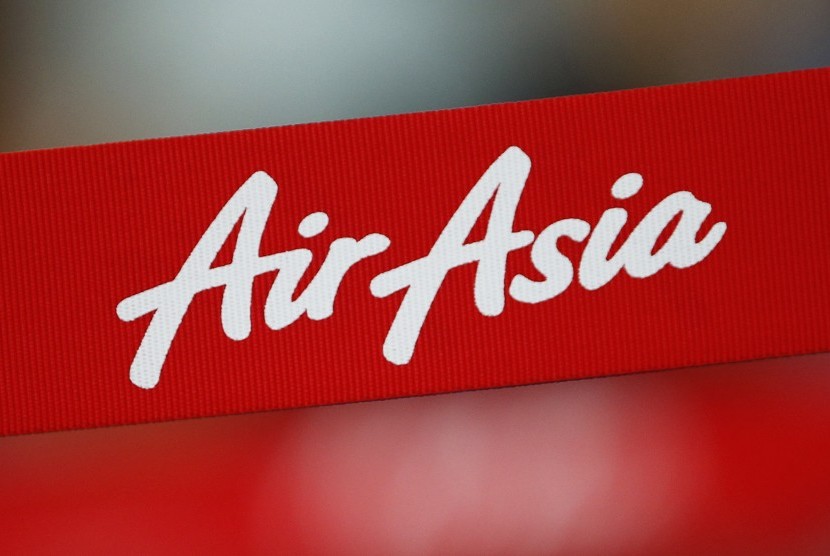REPUBLIKA.CO.ID, JAKARTA -- A number of countries join operation to search the missing AirAsia flight QZ8501. Indonesia's Air force spokesman Hadi Tjahjanto said two C-130 Hercules planes were focusing the search for Flight QZ8501 in areas northeast of Indonesia's Bangka island, about halfway between Surabaya and Singapore, in the Java Sea.
Australia, Malaysia, Singapore and South Korea sent ships and aircraft to join the search, a foreign ministry official said. China also offered to send planes and ships and any other assistance Indonesia needed.
Head of Indonesia's search and rescue agency Soelistyo said Indonesia might not have the best technology to search underwater and had accepted offers of help from the United States, Britain and France. In 2007, it took Indonesia months to recover flight data recorders from a Boeing 737-400 operated by Indonesia's Adam Air which crashed off Sulawesi island, killing all 102 people on board.
According to Indonesian navy Flight Commander Laksamana Pertama Sigit Setiyanta, the sea depths in the area is only 25 to 50 meters (75-150 feet).
Flight QZ8501 was traveling at 32,000 feet (9,753 meters) and had asked to fly at 38,000 feet to avoid clouds, Joko Muryo Atmodjo said, air transportation director at Indonesia's Transport Ministry.
Permission was not given at the time due to traffic in the area. Five minutes later, at 6.17 am on Sunday (2317 GMT Saturday), the plane lost contact with air traffic control, Atmodjo said.
Data from Flightradar24.com, which tracks airline flights in real time, showed several nearby aircraft were at altitudes ranging from 34,000 to 36,000 feet at the time, levels that are not unusual for cruising aircraft. Pilots and aviation experts said thunderstorms, and requests to gain altitude to avoid them, were not unusual in that area.
"The airplane's performance is directly related to the temperature outside and increasing altitude can lead to freezing of the static radar, giving pilots an erroneous radar reading," said a Qantas Airways pilot with 25 years' experience flying in the region.
The resulting danger is that pilots take incorrect action to control the aircraft, said the pilot, who requested anonymity. In such an emergency the pilots would likely have been wrestling to regain control of the aircraft and not had time to issue a distress signal, the Qantas pilot said.
Online discussions among pilots centered on unconfirmed secondary radar data from Malaysia that suggested the missing plane was climbing at a speed of 353 knots, about 100 knots too slow in such weather conditions.
"At that altitude, that speed is exceedingly dangerous," Sydney-based aviation expert Geoff Thomas told Reuters. "At that altitude, the thin air, the wings won't support the aircraft at that speed and you get an aerodynamic stall."
Safety authorities said accidents involving a loss of control, such as might occur in bad weather, were rare but almost always catastrophic.
The Indonesian pilot was experienced and the plane last underwent maintenance in mid-November, the airline said. The aircraft had accumulated about 23,000 flight hours in some 13,600 flights, according to Airbus.


